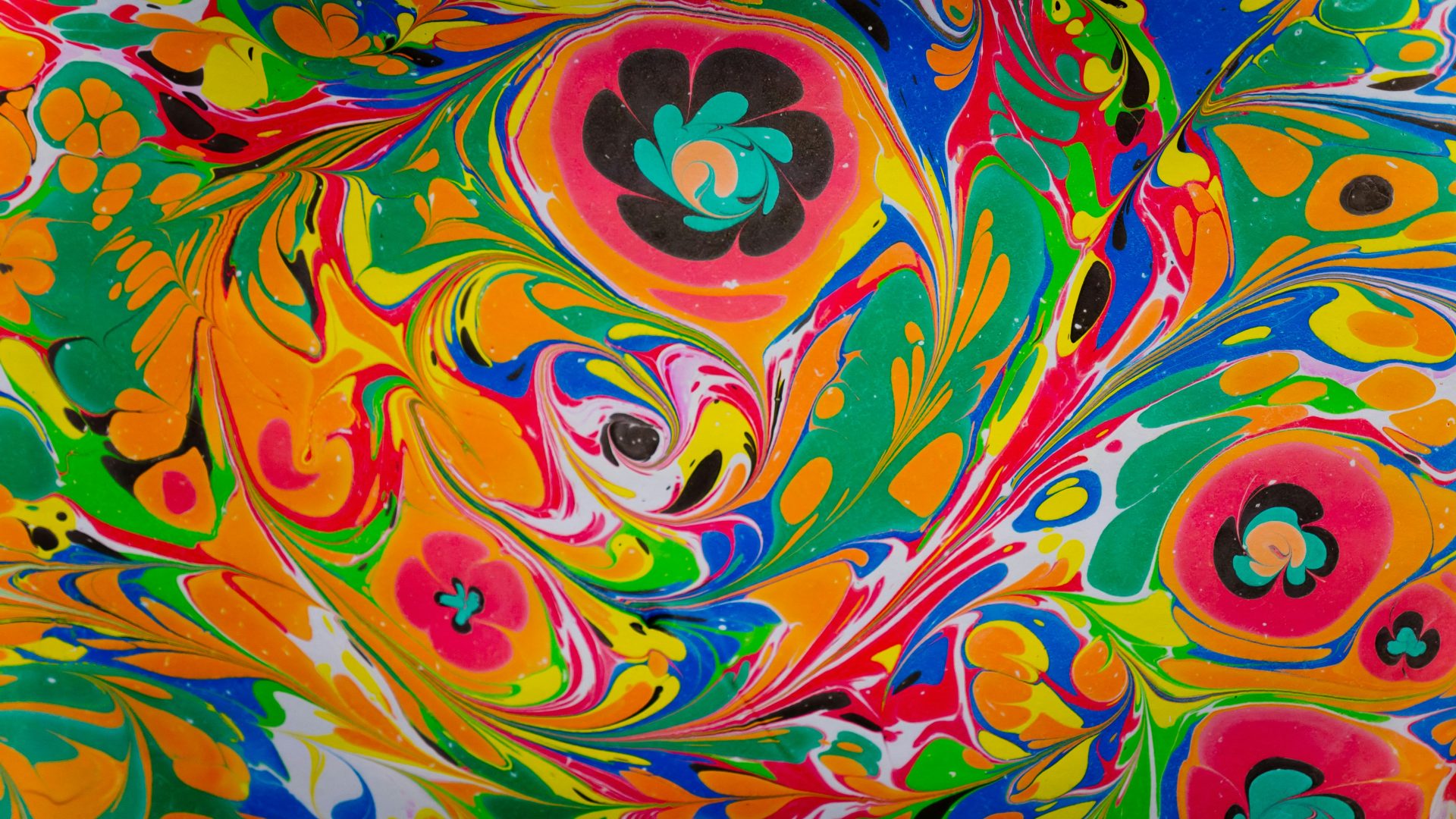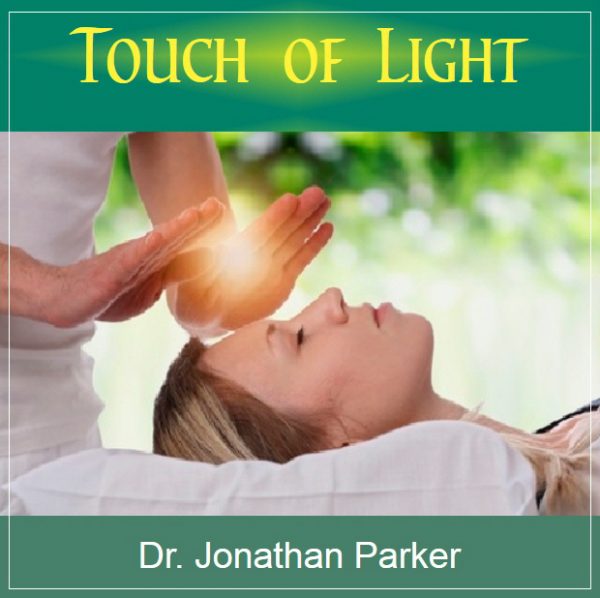Healing Harmony: Unveiling the Power of Homeopathy Remedies

Hey there, amazing readers! 🖐️ Just a quick note: yes, we know there are a lot of ads here. Trust us, we get it—it’s not the prettiest look, but they help us keep this blog alive and kicking. Those pesky little ads cover the costs of all the behind-the-scenes magic, from hosting and tech stuff to creating content we hope you’ll love.
We’re committed to delivering quality posts, and your support (even just sticking around despite the ads) means everything to us. So, bear with us, and thanks for helping us keep the good vibes rolling. Now, on to the fun stuff! 😉
TRANSLATE BUTTON AT THE END OF THE ARTICLE
Healing Harmony: Unveiling Homeopathy Remedies
Overview
Homeopathy is a form of alternative medicine that aims to stimulate the body’s natural healing abilities.
It is based on the principle that "like cures like," meaning a substance that causes symptoms in a healthy person can be used to treat similar symptoms in a sick person.
Homeopathic remedies are highly diluted substances that are believed to retain the healing properties of the original substance.
In this article, we will explore the principles, history, potency, safety, and efficacy of homeopathic remedies.
Additionally, we will discuss how homeopathy can be integrated with conventional medicine and the challenges and possibilities that lie ahead for this holistic approach to healing.
Understanding the Principles of Homeopathy
At the core of homeopathy lies the principle that every living organism has a vital force, or life energy, which maintains health.
When this vital force is disrupted, illness ensues.
Homeopathy aims to restore balance and stimulate the body’s vital force to promote healing.
It takes into account the physical, mental, and emotional aspects of an individual to treat the underlying cause of the disease, rather than merely addressing the symptoms.
The History and Origins of Homeopathic Healing
Homeopathy was founded by German physician Samuel Hahnemann in the late 18th century.
Hahnemann discovered the principle of "like cures like" while translating a medical text.
Intrigued by this concept, he began experimenting on himself and others to validate its effectiveness.
Through his observations, he developed the principles and practices of homeopathy.
Since then, homeopathy has gained popularity worldwide and continues to be practiced as a complementary or alternative therapy.
Exploring the Basic Principles of Homeopathic Remedies
Homeopathic remedies are prepared through a process known as potentization.
This involves diluting a substance in water or alcohol and then vigorously shaking it, a process called succussion.
The more a substance is diluted and succussed, the higher its potency becomes.
Homeopathic remedies are available in various potencies, indicated by numbers and letters.
The higher the potency, the greater the dilution and the more potent the remedy is believed to be.
A Closer Look at the Potency and Dilution of Homeopathic Remedies
Homeopathic remedies are typically labeled with numbers and letters that indicate their potency.
For example, 6X signifies a dilution of 1 part substance in 10 parts diluent repeated six times.
Similarly, 30C denotes a dilution of 1 part substance in 100 parts diluent repeated 30 times.
The process of dilution and succussion is believed to enhance the energetic properties of the remedy while minimizing any potential toxicity.
The Law of Similars: Core Concept of Homeopathy
The Law of Similars, also known as "similia similibus curentur," is a fundamental principle in homeopathy.
It suggests that a substance that produces symptoms in a healthy person can be used to treat similar symptoms in a sick person.
This concept is based on the idea that the body has the ability to heal itself and that introducing a very small, highly diluted dose of a similar substance can stimulate this natural healing response.
Assessing the Safety and Efficacy of Homeopathic Treatments
Critics often question the safety and efficacy of homeopathic treatments due to their high dilution levels.
However, numerous studies and clinical trials have shown positive results in using homeopathy for various conditions.
While the scientific understanding of how homeopathy works is still evolving, many patients report significant improvements in their symptoms and overall well-being.
It is important to note that homeopathic remedies are regulated by health authorities in many countries and are considered safe when used as directed.
Homeopathic Remedies: A Holistic Approach to Healing
One of the key aspects of homeopathy is its holistic approach to healing.
Homeopaths strive to understand the individual as a whole, considering their physical, mental, and emotional state.
They assess not only the symptoms but also the underlying causes of the illness, aiming to restore balance and promote overall well-being.
This comprehensive approach makes homeopathy suitable for a wide range of conditions and individuals of all ages, including pregnant women, infants, and the elderly.
Treating Common Ailments with Homeopathic Medicine
Homeopathy offers a wide range of remedies for numerous common ailments.
For example, Arnica montana is often used for bruising and muscle soreness, while Nux vomica is indicated for digestive disorders.
Aconitum napellus is commonly used for sudden onset fever or anxiety, and Chamomilla is recommended for teething pain in infants.
These are just a few examples of the vast array of homeopathic remedies available for different conditions.
Debunking Misconceptions: Homeopathy Vs. Conventional Medicine
There is often a misconception that homeopathy and conventional medicine are mutually exclusive.
In reality, they can coexist and complement each other.
While conventional medicine focuses on targeting specific symptoms or diseases, homeopathy aims to address the underlying imbalances that contribute to the illness.
Homeopathy can be used alongside conventional treatments to enhance their efficacy and minimize side effects.
Integrating Homeopathic Remedies with Conventional Treatments
Integrative medicine, which combines conventional and complementary approaches, is gaining recognition and popularity.
Many healthcare providers now recognize the potential benefits of integrating homeopathy with conventional treatments.
By adopting a multidimensional approach, patients can potentially experience improved outcomes, reduced reliance on pharmaceuticals, and minimized side effects.
However, it is crucial for patients to inform their healthcare providers about all the treatments they are undergoing to ensure a coordinated and safe approach.
Exploring the Future of Homeopathy: Challenges and Possibilities
The field of homeopathy faces several challenges in terms of acceptance and recognition within the medical community.
The lack of a clear scientific understanding of how homeopathy works and the limited availability of high-quality research has led to skepticism and criticism.
However, the increasing demand for holistic and personalized healthcare has sparked interest in exploring the possibilities of homeopathy.
With further research, collaboration, and integration with conventional medicine, the future of homeopathy holds the potential for greater acceptance and utilization.
Conclusion
Homeopathy remedies offer a unique and holistic approach to healing, focusing on stimulating the body’s natural healing abilities.
With its principles rooted in the Law of Similars and the potentization process, homeopathy has been used for centuries to treat a wide range of ailments.
While misconceptions and challenges exist regarding its safety and efficacy, numerous studies and positive patient experiences support its potential as a complementary therapy.
By integrating homeopathy with conventional medicine, patients can benefit from a comprehensive and multidimensional approach to healthcare.
As the field continues to evolve and gain recognition, there is hope for a future where homeopathy plays a significant role in promoting holistic well-being.

The Enlightenment Journey is a remarkable collection of writings authored by a distinguished group of experts in the fields of spirituality, new age, and esoteric knowledge.
This anthology features a diverse assembly of well-experienced authors who bring their profound insights and credible perspectives to the forefront.
Each contributor possesses a wealth of knowledge and wisdom, making them authorities in their respective domains.
Together, they offer readers a transformative journey into the realms of spiritual growth, self-discovery, and esoteric enlightenment.
The Enlightenment Journey is a testament to the collective expertise of these luminaries, providing readers with a rich tapestry of ideas and information to illuminate their spiritual path.
Our Diverse Expertise 🌟
While our primary focus is on spirituality and esotericism, we are equally passionate about exploring a wide range of other topics and niches 🌍📚. Our experienced team is dedicated to delivering high-quality, informative content across various subjects ✨.
To ensure we provide the most accurate and valuable insights, we collaborate with trusted experts in their respective domains 🧑🏫👩🏫. This allows us to offer well-rounded perspectives and knowledge to our readers.
Our blog originally focused on spirituality and metaphysics, but we’ve since expanded to cover a wide range of niches. Don’t worry—we continue to publish a lot of articles on spirituality! Frequently visit our blog to explore our diverse content and stay tuned for more insightful reads.




















